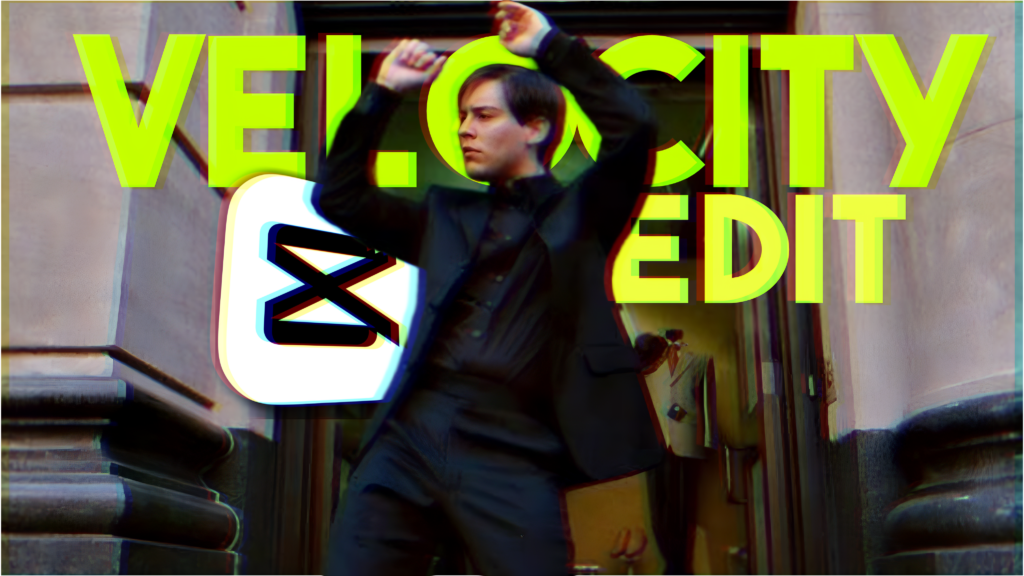Creating a velocity video in CapCut is a fantastic way to add dynamic movement and excitement to your footage. Velocity videos, often referred to as speed ramping or time remapping, allow you to change the speed of your video clips, creating dramatic effects that can enhance storytelling and visual appeal. In this guide, we will walk you through the process of making a velocity video in CapCut, providing detailed steps and tips to help you achieve professional-looking results.
What is a Velocity Video?
A velocity video is a sort of video that has shifting speeds throughout the clip. This method can be applied to your videos to highlight specific scenes, produce dramatic effects, or just give them a distinctive look. For instance, to emphasize a crucial point, such a jump or a facial expression, you may want to slow down a scenario in which someone is sprinting after speeding it up. CapCut’s user-friendly interface and robust editing features make it simple to accomplish this effect.
Step-by-Step Guide to Creating a Velocity Video in CapCut
Step 1: Setting Up Your Project
- Open CapCut: On your device, open the CapCut app. Download it from the Google Play Store or App Store if you haven’t already.
- Start a New Project: Press the “New Project” icon. A prompt to choose which video clips to use will appear. Select the clips for your velocity video that you wish to edit.
- Import Your Clips: Your clips will be imported into the timeline once you have chosen them. If needed, you can slide them around in the timeline to change their order.
Step 2: Selecting the Clip for Speed Adjustment
- Select the clip: To apply the velocity effect to a video clip, tap on it within the timeline. This is going to display the editing choices for that particular clip.
- Trim the Clip (Optional): You could wish to shorten your clip if it’s too long so that it only highlights the most crucial portions. Drag the clip’s edges in the timeline to accomplish this.
Step 3: Applying the Velocity Effect
- To use the Speed Tool, pick the clip and then search the bottom menu for the “Speed” option. To access the speed adjustment parameters, tap on it.
- Select the Type of Speed: “Normal” and “Curve” are the two primary speed adjustment settings available in CapCut.
- Normal Speed: This lets you establish a consistent speed for the duration of the clip. By using the slider, you may change the speed.
- Curve Speed: With this option, you may create speed ramps inside the clip and make more complex speed modifications.
- Add spots: To add spots where you wish to alter the speed, tap the line. For instance, you may want to slow down the clip for a dramatic moment after speeding it up in the beginning.
- Adjust Speed: To raise or reduce speed, drag the points up or down. By including several places along the curve, you may produce seamless speed changes.
- Preview Your Changes: To see your changes after modifying the speed, use the play button. This will enable you to observe the effects of the speed changes.
Step 4: Fine-Tuning Your Velocity Video
- Add More Clips: If your project contains more than one clip, repeat the speed modification procedure for each one as necessary. By using comparable speed effects in various footage, you can produce a coherent velocity video.
- Transitions: Think about including transitions between segments to make your velocity video more interesting. CapCut provides a range of transition effects that can improve your video’s flow. Select a transition effect from the menu by tapping on the tiny square that appears between two clips in the timeline.
- Sound Effects and Music: Your velocity video’s impact can be greatly increased by using sound effects or background music. To import sound effects or music, tap the “Audio” option in the bottom menu. For a more engaging experience, make sure the audio is in time with the speed adjustments.
- Text and Stickers: To provide context or improve the visual appeal of your film, you can also include text overlays or stickers. Titles, captions, and other text components can be added using the “Text” option.
Step 5: Finalizing Your Video
- Examine Your Edits: After making all the necessary changes, watch the full video to make sure everything works as it should. Take note of the audio synchronization, speed variations, and transitions.
- Export Your Video: You should export your velocity video after you are happy with it.




